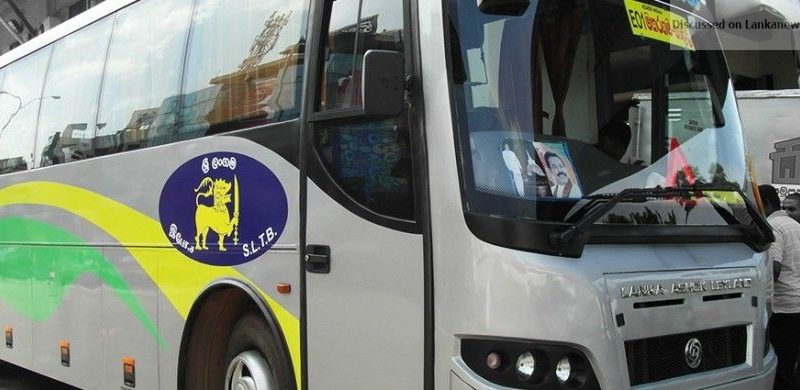Sri Lanka road buses lose more passengers after fare hike: operator association
Sri Lanka’s state regulated buses are losing more passengers to other modes of transport after a 12.5 percent fare hike demanded by a section of bus owners was made the regulated tariff, the head of an industry association said.
Gemunu Wijeratne, head of the Lanka Private Bus Operators Association said there was a visible drop of commuters on many routes.
“Many people have shifted to trains, which are cheaper,” Wijeratne said. “The losses to three wheelers and other forms of transport is also increasing.
On average train fares were about a third of bus fares. Train fares have not been raised. The train system makes massive losses and is subsidized by taxes paid for food and other items, including fuel taxes paid by owners of private vehicles.
Wijeratne said he estimated the daily loss of passengers to competition had increased to about 2,000 a day from 1,500 a day earlier.
The National Transport Commission which gives price increases to keep up with the inflation and currency depreciation created by Sri Lanka’s central bank, approved a 6.56 percent fare hike after a state mandated fuel prices went up suddenly by a big margin.
The lack of free market pricing and sudden jumps have triggered requests for steeply higher tariff hikes.
All Ceylon Private Bus Owners’ Federation, demanded a 20 percent hike.
The Transport Ministry which is under Sri Lanka Freedom Party Minister Nimal Siripala de Silva agreed to a 12.5 percent hike.
Wijeratne said his association wanted to keep the minimum fares at 10 rupees at wanted an overall increase 10 percent.
Wijeratne also said in addition to the rise in fuel, currency depreciation by the central bank had pushed up import costs of buses and spares.
“If you ask for 12.00 rupees, it is difficult for passengers to keep 12 rupees,” he said. “Sometimes they do not get the change and the conductor will pocket it.
“About 40 percent of our passengers go only a short distance.”
Meanwhile in three wheeler taxis where there is no government regulation in prices, and there is free market competition, the minimum fare remains at 40 rupees and 35 for some bigger call centre driven groups.
There has a been a high degree of innovation in three wheelers where with call centres and ride sharing aps like PickMe coming in, because there is no government regulation.
Buses, though privately owned are confined to state route licenses, and no innovation is possible.
As a result people have been buying motor cycles. There were also three wheelers until the current administration slapped urban-elite taxes restriction on three wheeler purchases.
Bus fares were brought down in 2015 after fuel prices were cut, but three wheeler fares were unchanged. Three wheeler costs however has since gone up due to taxes and currency depreciation.
The rupee collapsed from 131 at the end of 2014 to 159 so far this month, due the operation of a so-called soft-pegged monetary regime.

